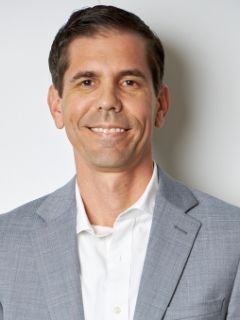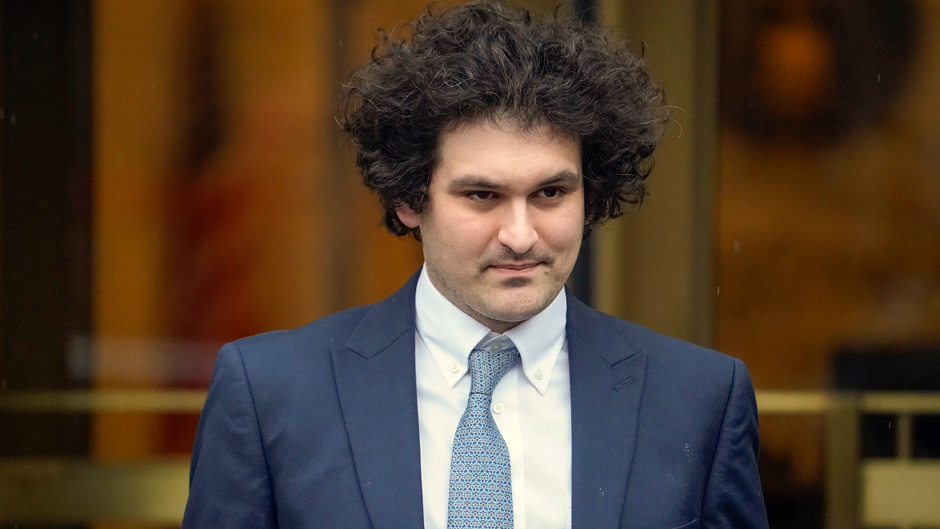The trial of Sam Bankman-Fried, charged by the U.S. Securities and Exchange Commission (SEC) with a massive, multi-year fraud scheme, resumes Oct. 26. Three former executives and colleagues of FTX, the crypto asset trading platform he co-founded, have already pleaded guilty and are collaborating with the government in its case against crypto’s “wonder boy.”
“All these things that happened are because there were no rules, no respect for client assets—it was willful and completely premeditative,” said Walter O’Leary, a lecturer and executive-in-residence at the University of Miami Patti and Allan Herbert Business School. Bankman-Fried had worked on Wall Street, acquired the securities license required to operate as an investment trader, and knew the rules, O’Leary noted.

“This wasn’t a typical crypto scam; it was thinly veiled by SBF [Sam Bankman-Fried] as ‘effective altruism,’ but at its core it was fraud,’” said O’Leary, who has 18 years of experience in the finance industry. “We’re not judging crypto. We’re judging the personality that was making the decisions at FTX and Alameda.”
Scott Eichhorn, director of the School of Law's Investor Rights Clinic, recently did a podcast on the case against SBF. A specialist in securities litigation in state and federal courts and Financial Industry Regulatory Authority (FINRA) arbitration, Eichhorn outlined the roadmap leading to Bankman-Fried’s fall from grace.
After a short stint with a Wall Street trading firm, the math and coding whiz co-founded Alameda Research, a crypto currency trading firm, in September 2017. He and other founders raised money from venture capital investors and invested some of their own money.
Bankman-Fried used a “basic crypto arbitrage” strategy that played on the price variance of bitcoin, buying at a fraction lower cost in Hong Kong or other markets, then reselling elsewhere at a higher price.
“Even if trading at a fraction of a penny difference, if you are smart enough and have enough algorithms in place you can make a lot of money selling on massive scales,” Eichhorn explained. “It’s not complicated to understand, but the execution is complicated.”

Alameda churned out profits and by 2019, Bankman-Fried decided to “juice up” the model. To generate more revenue, he launched FTX, a crypto exchange, and began to buy and sell cryptocurrency, charging a small fee for trades. By 2021, FTX was generating about $1 billion of revenue, according to Eichhorn.
To encourage exchanges, FTX allowed customers to deposit their money or cryptocurrency and began holding their assets in addition to running the exchange buying and selling crypto.
That’s when “the trouble started,” Eichhorn said. Bankman-Fried and co-founder Gary Wang built in a code that operated as “a secret trap door,” allowing FTX to run a negative trading balance, loaning itself money. They later modified the code to tap into customer assets to use for FTX’s own trading activities.
“Even if a sophisticated financial auditor had come in, they wouldn’t have known about this secret credit,” Eichhorn noted.
O’Leary agreed. “There are certain intricacies here that no lawyer irrespective of their training and securities law would know about unless they were inside and understand how margin calls work and the importance of that proverbial Chinese wall between the buy-side (Alameda) and trading (FTX)—the two never share info. It’s an unwritten law to prevent conflicts of interest,” O’Leary explained.
According to O’Leary, the pair removed an auto liquidation code in Alameda operations which allowed them to bypass margin calls or having to post more collateral as normal trading procedures require and to trade without limits.
“They were sitting at the poker table and getting as many chips as they could because there was nothing backing the chips. They went above and beyond their clients’ money and then they leveraged on top of that,” he said.
At one point in the trial proceedings, Alameda CEO Caroline Ellison, Bankman-Fried’s on-again-off-again girlfriend, admitted she was in the negative for $1.3 billion.
An article published in November 2022 by CoinDesk, a respected cryptocurrency news outlet, revealed the irregularities. Alameda was holding on its balance sheet a huge amount of the crypto token FTT, a token FTX had created.
“That really only had value for purposes of trading on the FTX exchange. It was otherwise illiquid,” Eichhorn pointed out.
The article surfaced just as the crypto bubble was bursting amidst global economic woes. There was a huge spike in withdrawals from FTX customers, basically a run on a bank that was operating on a cryptocurrency exchange, Eichhorn explained. FTX didn’t have the money, because $8 billion in customer funds had gone out to Alameda through this secret trapdoor code. FTX declared bankruptcy.
With the massive amounts of money he’d accessed, Bankman-Fried was making risky venture capital bets on exchanges and issuers; buying expensive real estate; investing in nonprofits, many of whom were operated by relatives or friends; making illegal campaign donations; million-dollar endorsement deals to celebrity athletes Tom Brady and Steph Curry, among others; even paying $250 million in Miami to name the FTX Arena.
“It was really a small group of closely associated, young, smart but very inexperienced people running a business of this size,” Eichhorn said, referring to the executives of both FTX and Alameda.
Bankman-Fried had moved his operations to the Bahamas, but FTX U.S. remained under U.S. jurisdiction, and the U.S. government sought his extradition.
During his meteoric rise, Bankman-Fried had endorsed a philosophy of “effective altruism,” the motivation to make as much money as possible in order to give it away for purposes of good. O’Leary insisted it was simply a ruse.
“It’s so important for these individuals who cheat to appear as good people. Bankman-Fried gave money to charitable causes. He even went on CNBC after acquiring 10 percent of IEX Group, the U.S. stock trading platform, and pronounced that what mattered most was ‘transparency and protection against fraud’,” said O’Leary, who lectured on the case after FTX declared bankruptcy.
Also, O’Leary noted that Bankman-Fried’s parents, both specialists in ethics and social fairness at Stanford Law School, are implicated in the scheme and may play a pivotal role as leverage in the trial. Both have been subpoenaed by the SEC.
“They used their status as academics and experts from a legal perspective to help set up these companies,” O’Leary said. “Sometimes we think personalities because of their status should be beyond reproach, but the reality is that we should question everyone because everybody has a motive.”
Bankman-Fried has pleaded not guilty to two counts of fraud and five counts of conspiracy. He admits to making mistakes while leading FTX, but insists he never schemed to steal money, according to media reports. It’s not clear whether he will take the stand in his defense.
“This is the case of a genius at work, though in the worst sense,” O’Leary added. “The phrase that ‘absolute power corrupts absolutely’ holds true. Bankman-Fried was the absolute ruler. The buck stops with him.”

